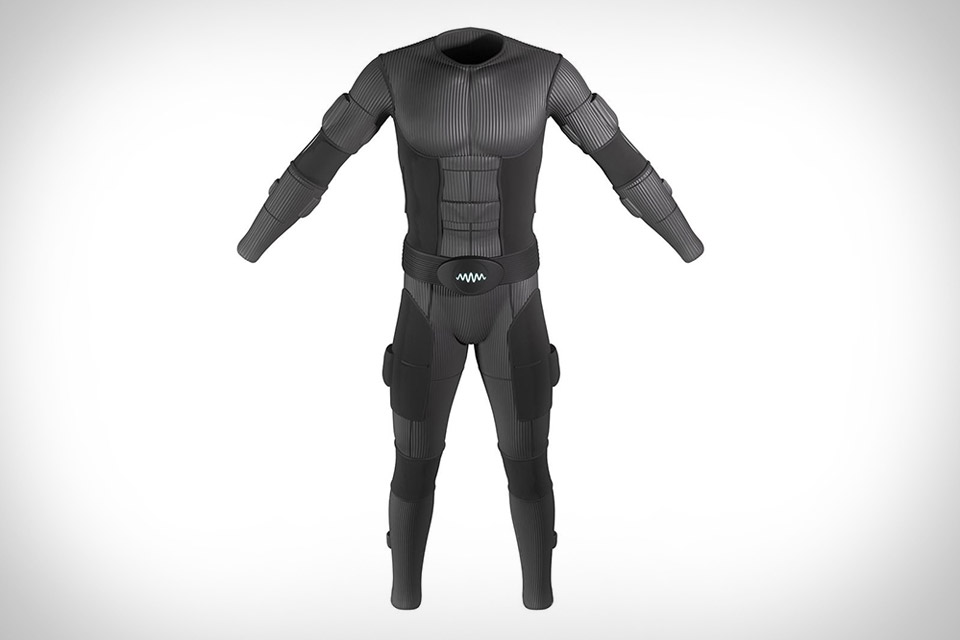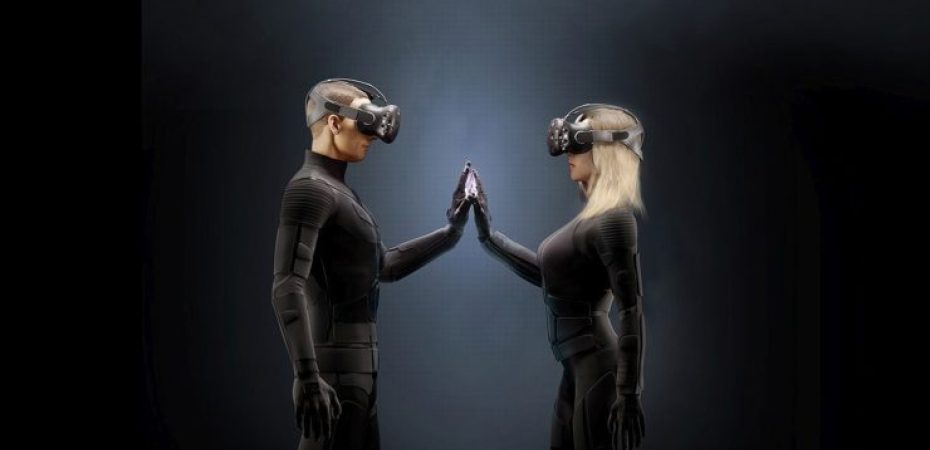Being in a long-distance relationship usually sucks. Texting can be nerve-wracking and is often guided by miscommunication. FaceTime feels like a constant teaser of what you are probably missing out on at the moment and linking each other on memes and laughing alone is just lame.
It appears that nothing can beat the good old physical meeting, but as this is the one thing long-distance couples cannot do, maybe technology could solve this issue.
According to estimates there are worldwide 14 million couples, which would amount to 28 million people, assuming the classical 1 on 1 relationship. This already sounds like a decent market but an application which would make seeing your loved ones more realistic is also interesting for families, friends or business people who just want to add that special touch to their meeting. Jokes aside there are a lot of people who go through the troubles of feeling distant to someone they miss and are willing to pay money to numb the pain. Not to forget all the gamers who are looking for the most realistic experience possible or the military service who wants to prepare their recruits the best way possible.
Introducing the Teslasuit (sorry, nothing to do with Elon), which is basically a skintight suit equipped with nodes which can send electric impulses to your body which should feel like a real-life interaction with the world. So throw on your VR goggles and get ready for the immersive experience.

Source: https://uncrate.com/teslasuit/
Now that you look like you are going snorkeling at the great barrier reef and have paid between 1000€ and 2500€ (depending on your model) you might wonder if the experience is truly that good.
Gamers appear to have found a consensus: great stuff! Games will become more and more suited to the Teslasuit as it produces tremendous amounts of data in various situations of the game, data developers can then use this data to make the experience even more immersive.
There are more use cases for the suit for example military training or performance enhancement for athletes, still the initial question remains unanswered: can the physical component in a relationship be substituted by technology like this?
The following video shows that you might be able to transmit touch but it is probably not the experience you and your better half have been waiting for. So for now you probably want to stick to the more traditional methods.
Watch from minute 3:46 if you only want to see the hug:
While it seems like we are not there yet this technology has definitely the potential to change the way how we interact with our loved ones in the future.
Still the thought might be a bit creepy, right? Would you make use of the technology if it was more immersive? Do you see an absolute different use case?
Sources:
https://www.marketwatch.com/story/14-million-couples-are-in-long-distance-relationships-heres-the-staggering-amount-it-costs-some-2017-10-13-988482#targetText=Especially%20when%20you’re%20in,each%20other%20once%20a%20month.
https://www.mic.com/articles/128253/the-tesla-suit-simulates-touch-and-lets-you-feel-hugs-from-miles-away
https://www.pcwelt.de/news/Teslasuit-Haptik-Anzug-fuer-VR-angekuendigt-10646388.html
https://www.digitaltrends.com/gaming/teslasuit-experience-ces-2019/


